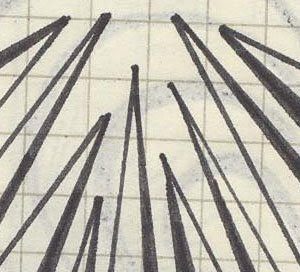
At the same time there is a large opening facing the sun at sunrise (from her perspective) from her notion of camera obscura. My design has glass walls to open what is protected to the outside world so that the world can share in its beauty.
the axiometric design which acted as inpiration

the outside view

the view from the second floor
Electroliquid Aggregation
1st quote: Nobel wrote that "all science is built on observations of similarities and differences."
2nd quote: "One protects what one likes.", Cousteau repeated, "and one likes what enchanted us."
Electroliquid Aggregation: One protects all sciences which enchanted us building on the observation of similarities and differences.









 The axiometric drawings are uploaded in backwards choronological order so you can see how my earlier ones were noticeably crappier than my later ones.
The axiometric drawings are uploaded in backwards choronological order so you can see how my earlier ones were noticeably crappier than my later ones.
 standing in the lab:
standing in the lab:











